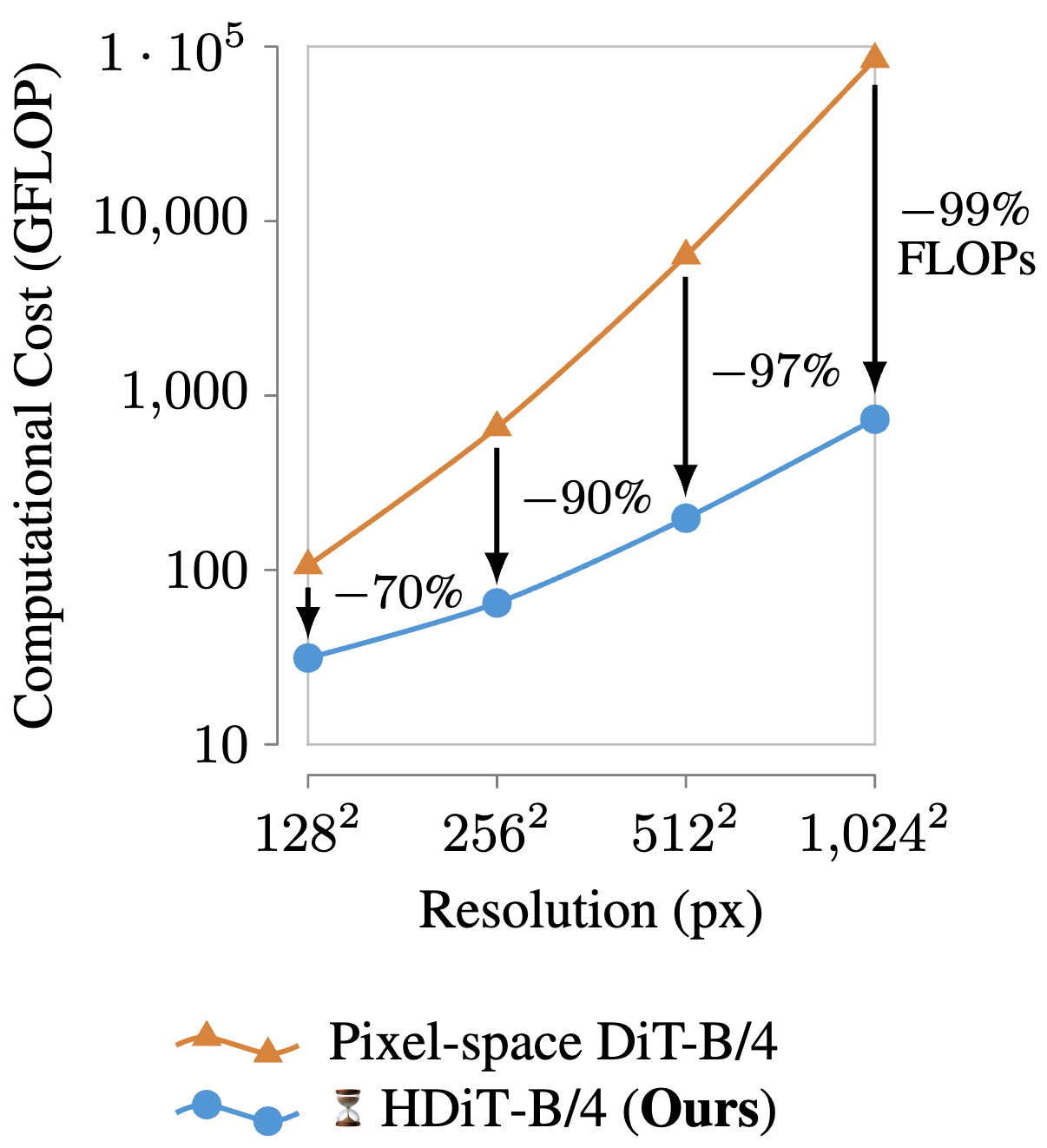BibTeX
@InProceedings{crowson2024hourglass,
title = {Scalable High-Resolution Pixel-Space Image Synthesis with Hourglass Diffusion Transformers},
author = {Crowson, Katherine and Baumann, Stefan Andreas and Birch, Alex and Abraham, Tanishq Mathew and Kaplan, Daniel Z and Shippole, Enrico},
booktitle = {Proceedings of the 41st International Conference on Machine Learning},
pages = {9550--9575},
year = {2024},
editor = {Salakhutdinov, Ruslan and Kolter, Zico and Heller, Katherine and Weller, Adrian and Oliver, Nuria and Scarlett, Jonathan and Berkenkamp, Felix},
volume = {235},
series = {Proceedings of Machine Learning Research},
month = {21--27 Jul},
publisher = {PMLR},
pdf = {https://raw.githubusercontent.com/mlresearch/v235/main/assets/crowson24a/crowson24a.pdf},
url = {https://proceedings.mlr.press/v235/crowson24a.html},
abstract = {We present the Hourglass Diffusion Transformer (HDiT), an image-generative model that exhibits linear scaling with pixel count, supporting training at high resolution (e.g. $1024 \times 1024$) directly in pixel-space. Building on the Transformer architecture, which is known to scale to billions of parameters, it bridges the gap between the efficiency of convolutional U-Nets and the scalability of Transformers. HDiT trains successfully without typical high-resolution training techniques such as multiscale architectures, latent autoencoders or self-conditioning. We demonstrate that HDiT performs competitively with existing models on ImageNet $256^2$, and sets a new state-of-the-art for diffusion models on FFHQ-$1024^2$. Code is available at https://github.com/crowsonkb/k-diffusion.}
}

